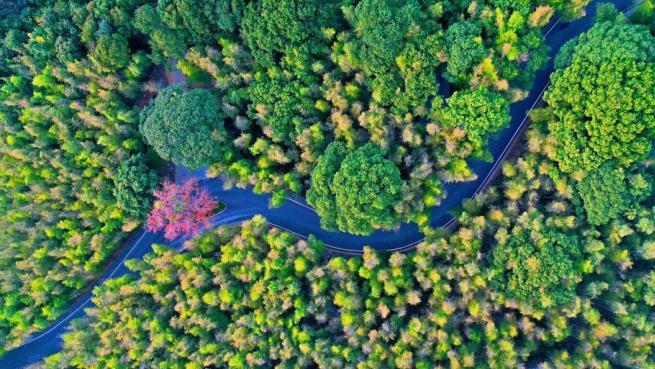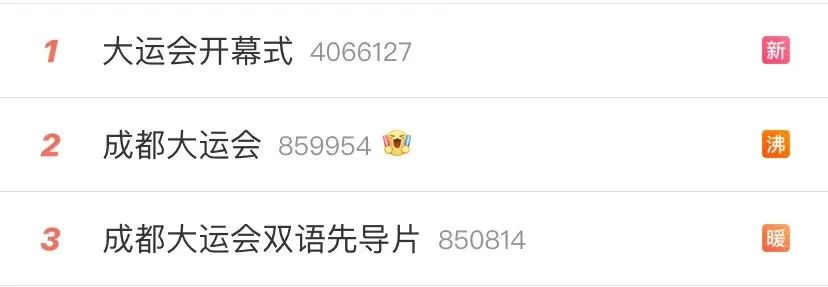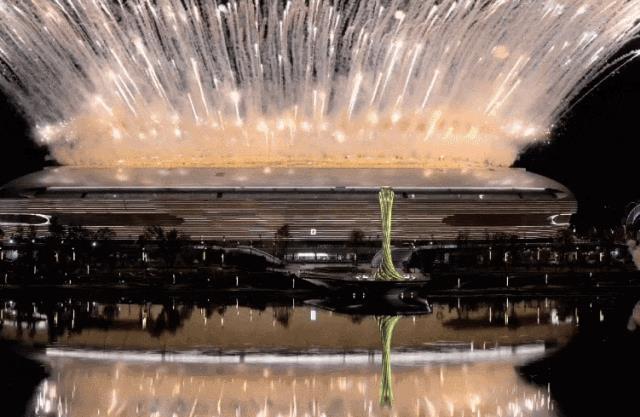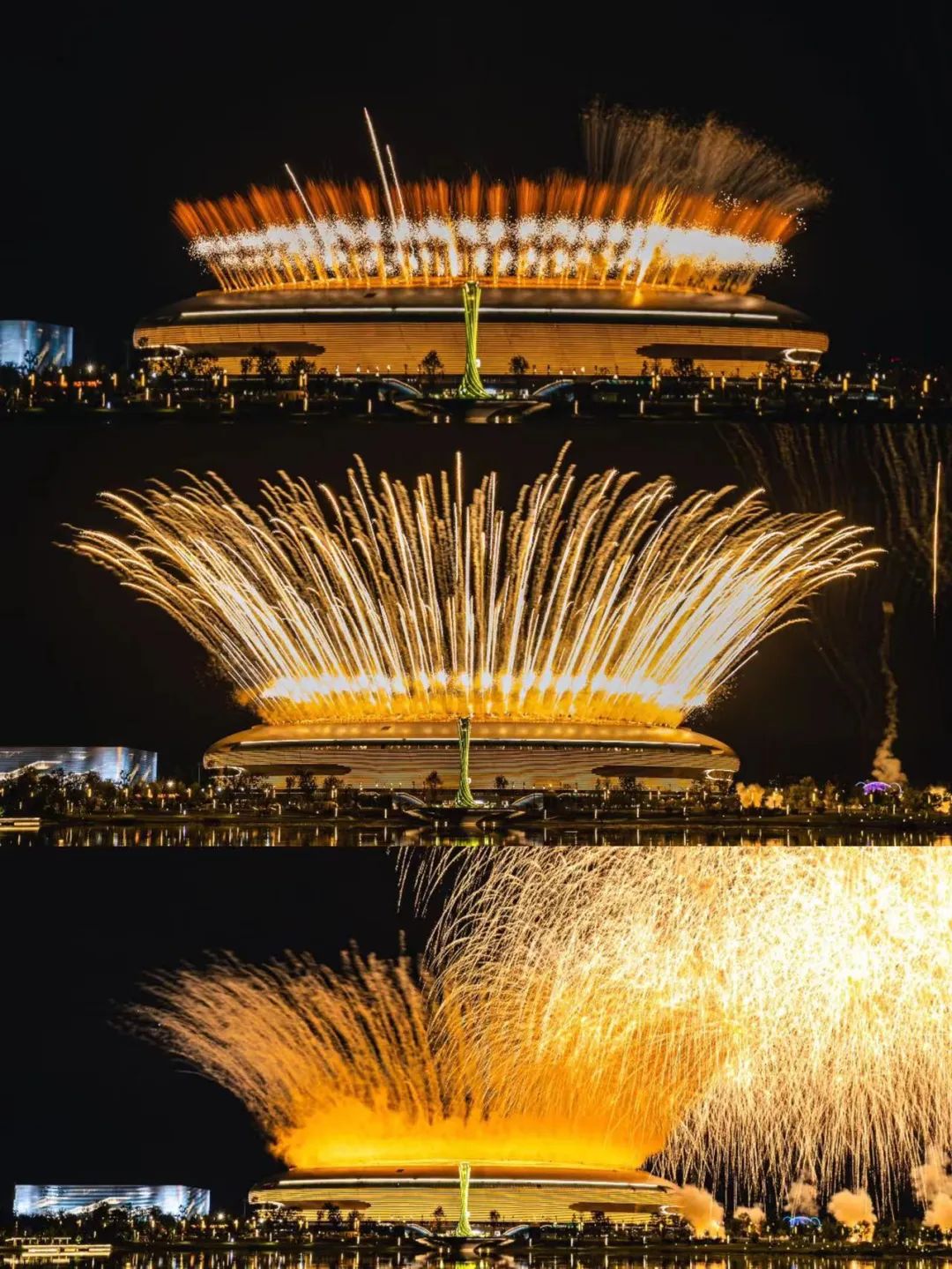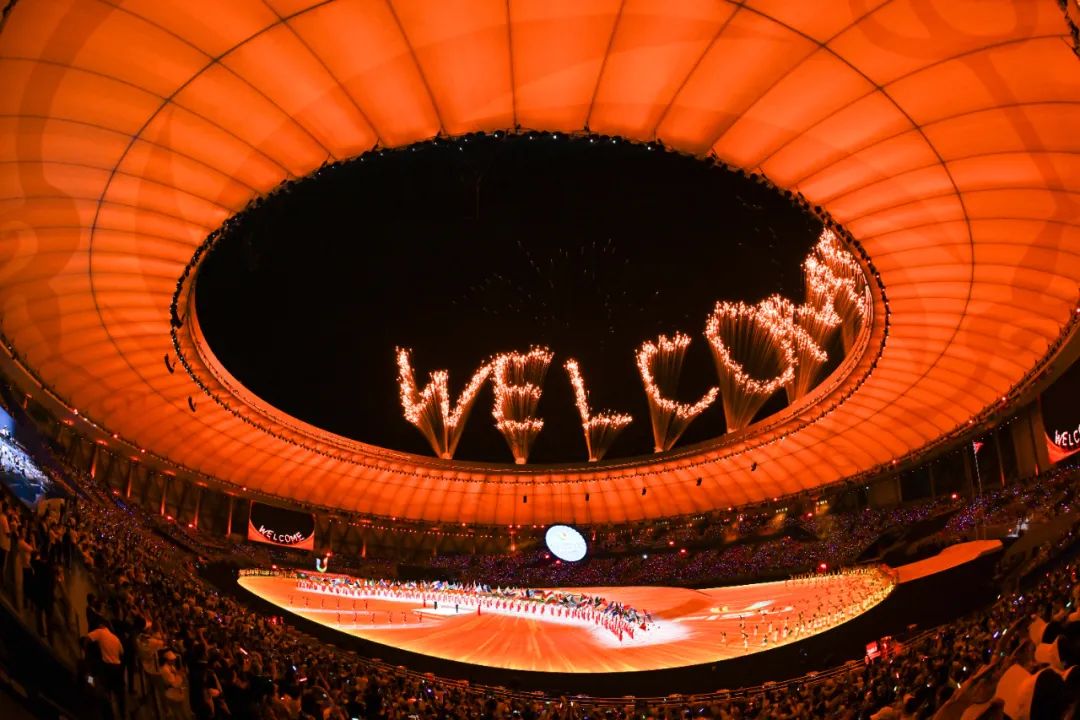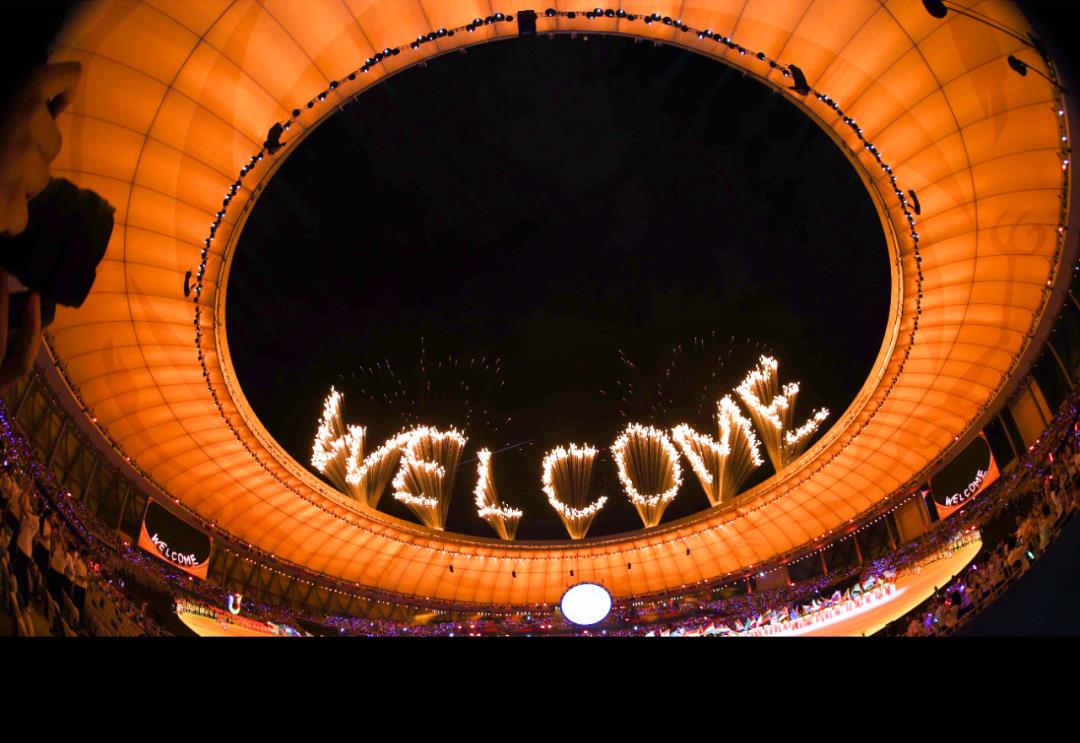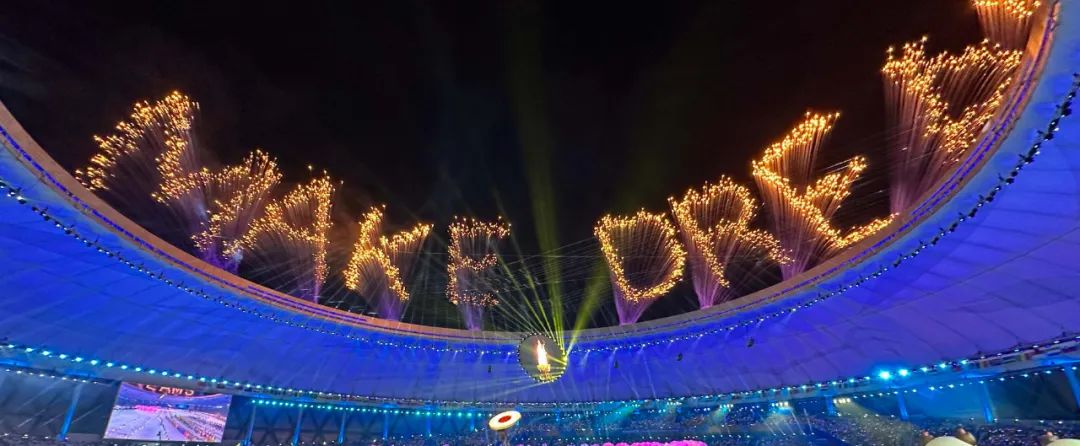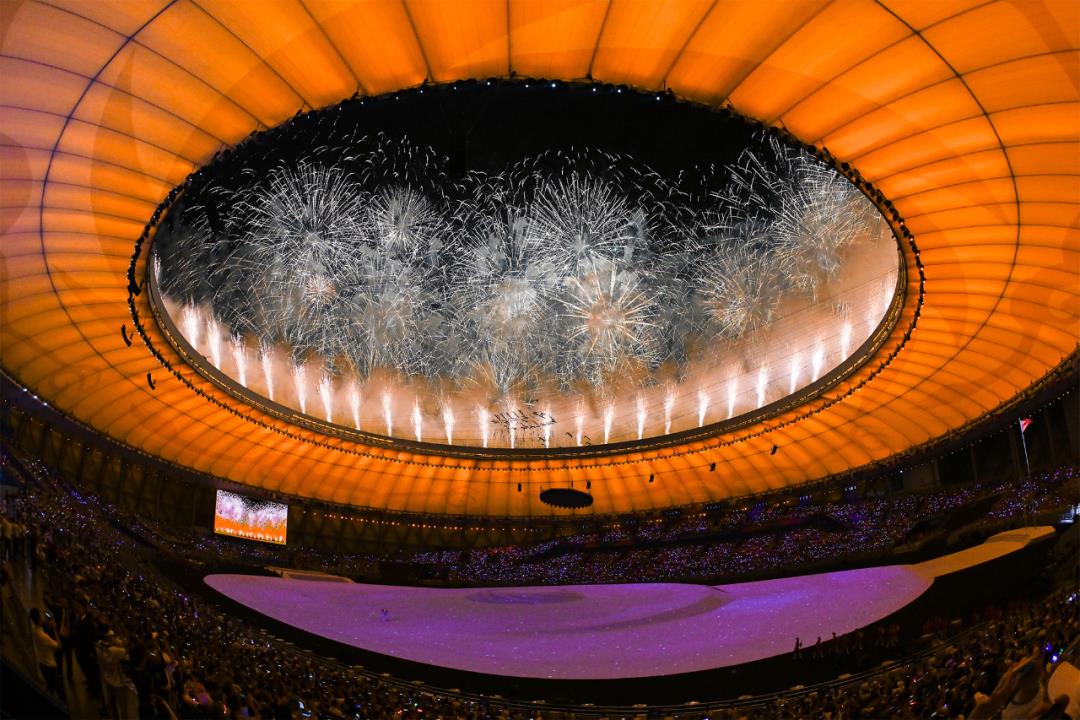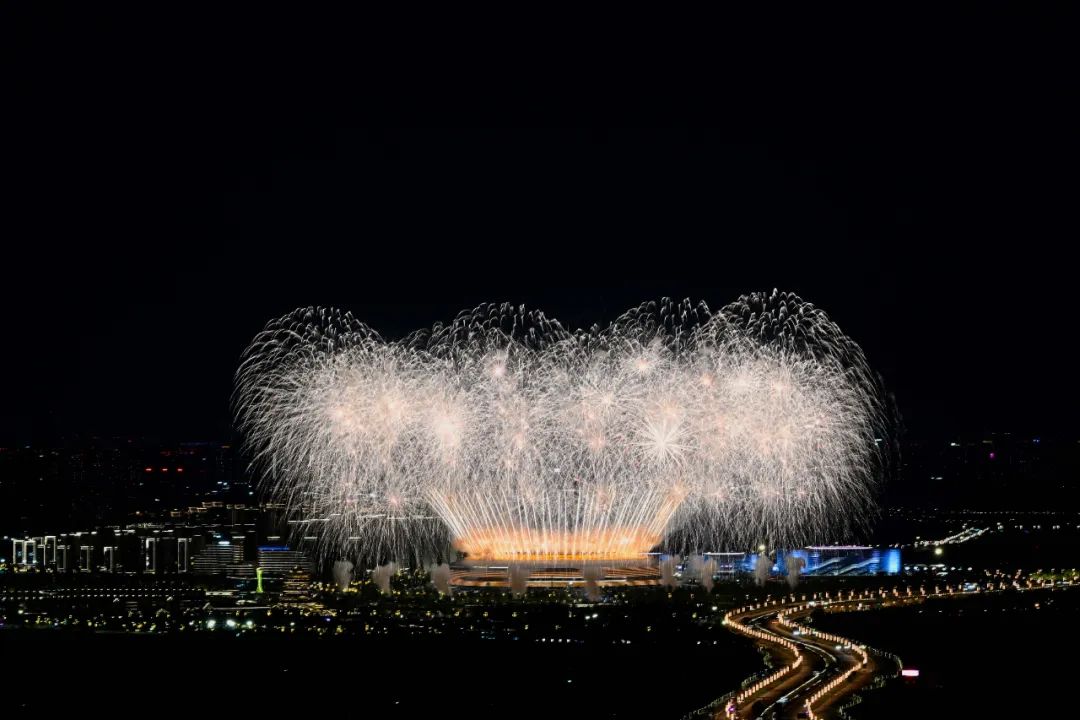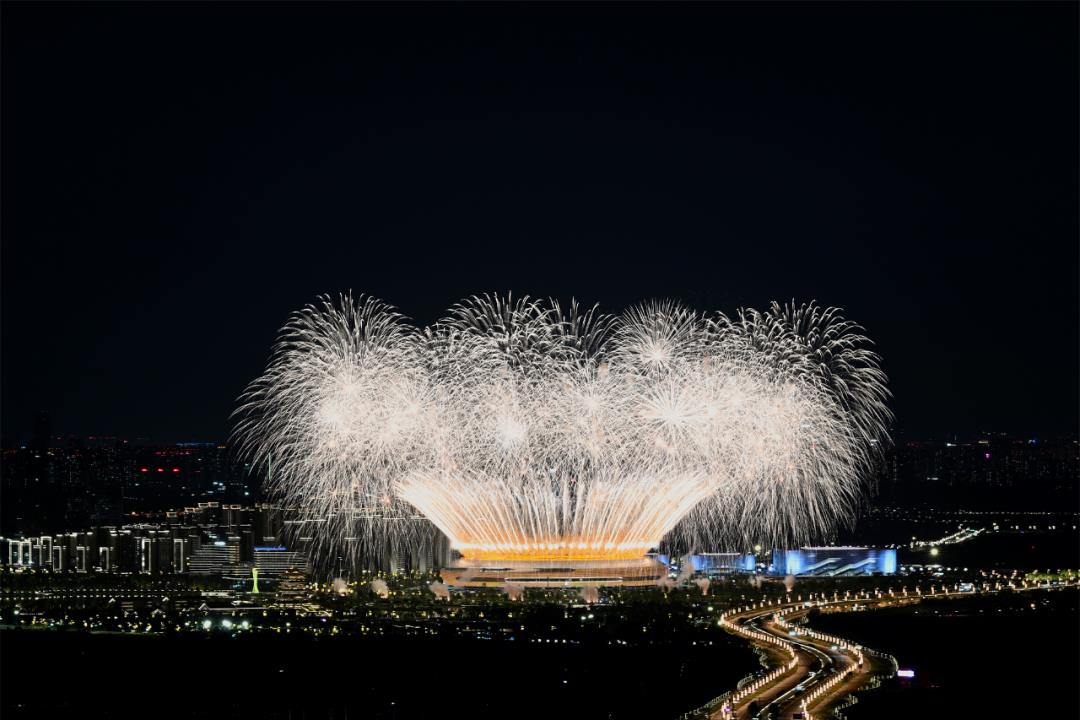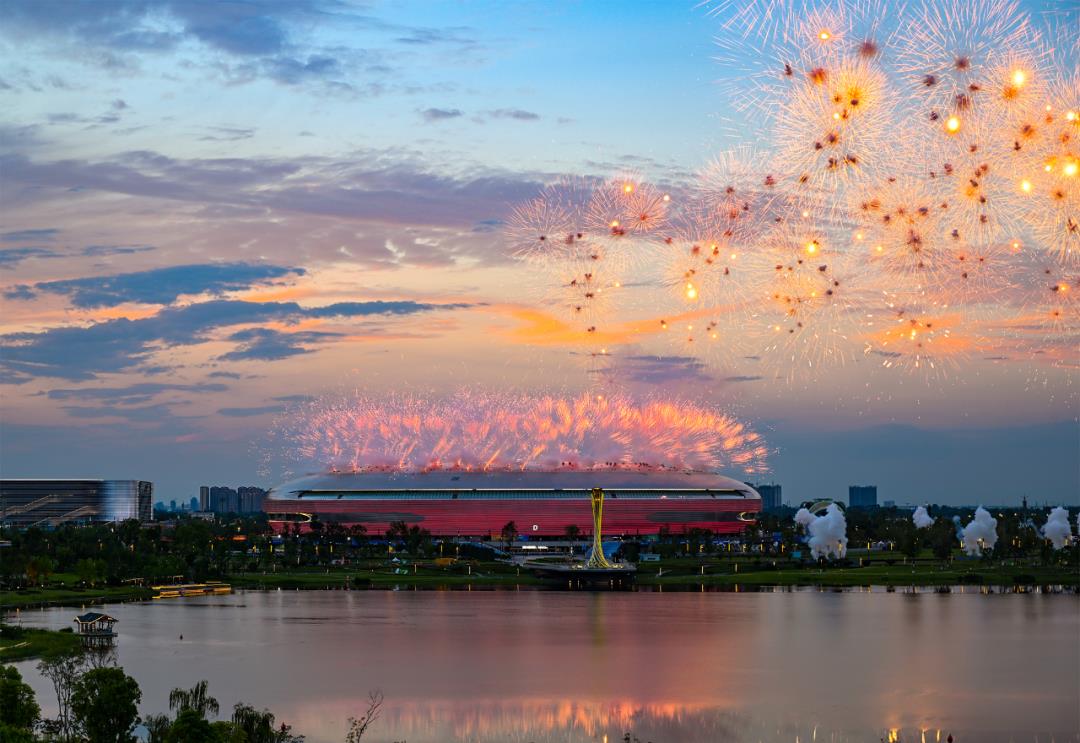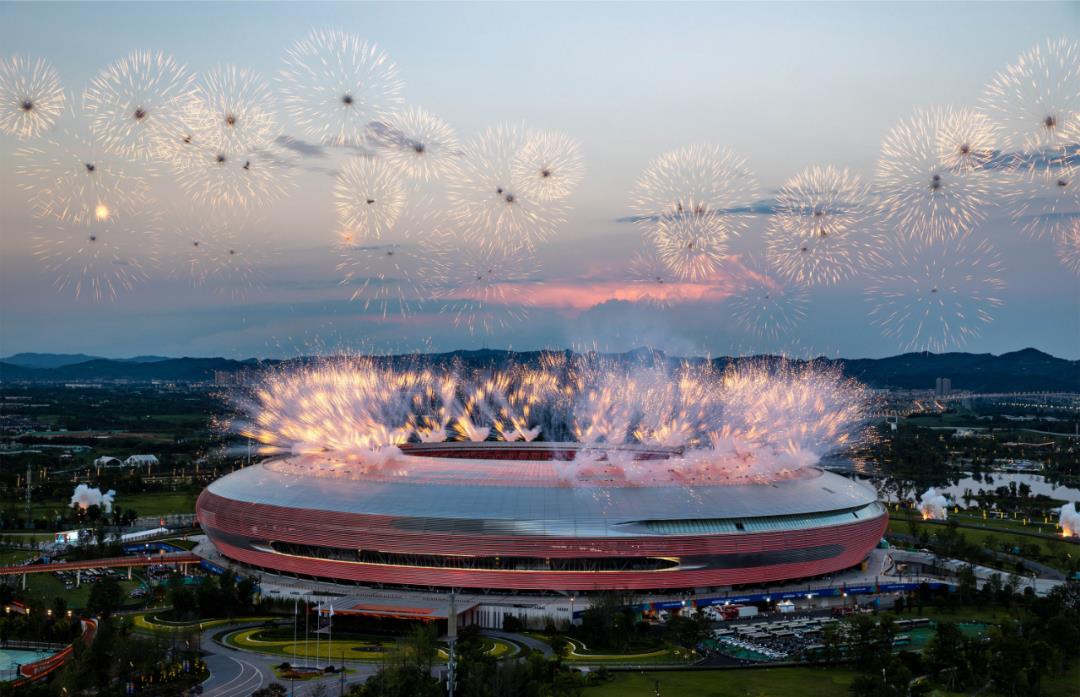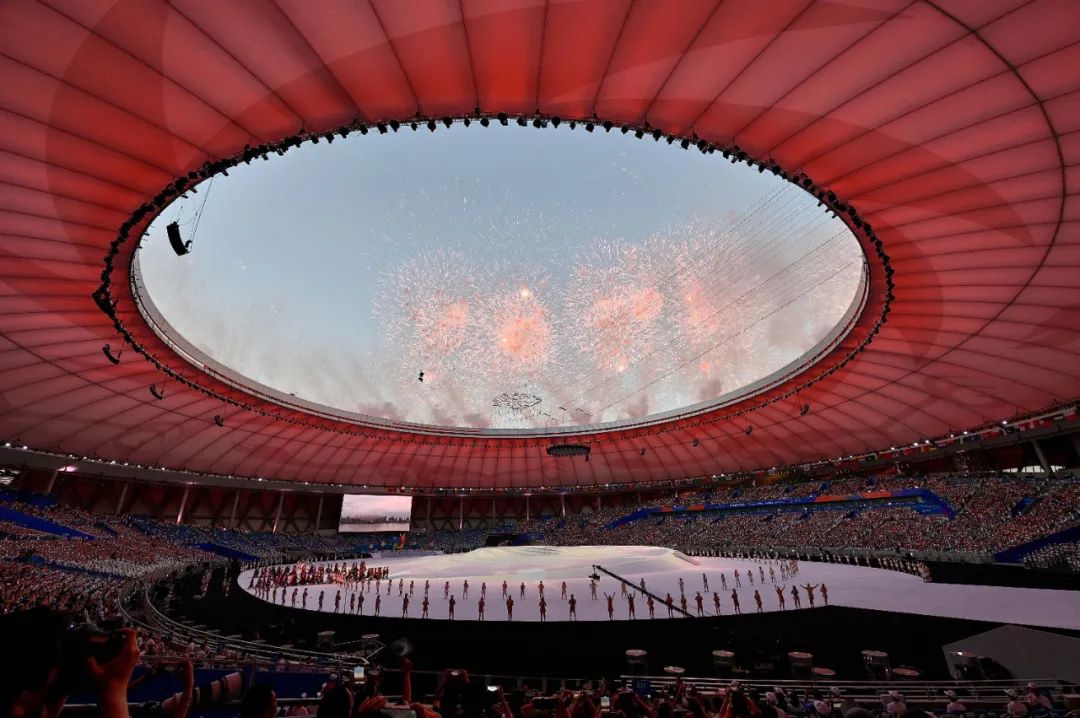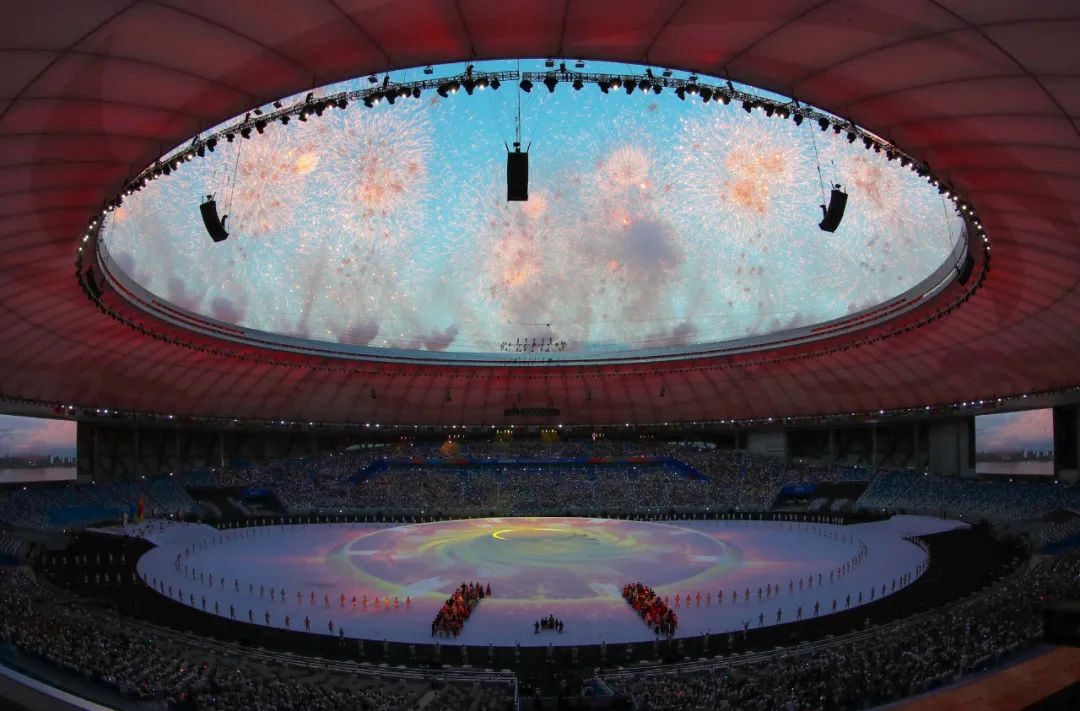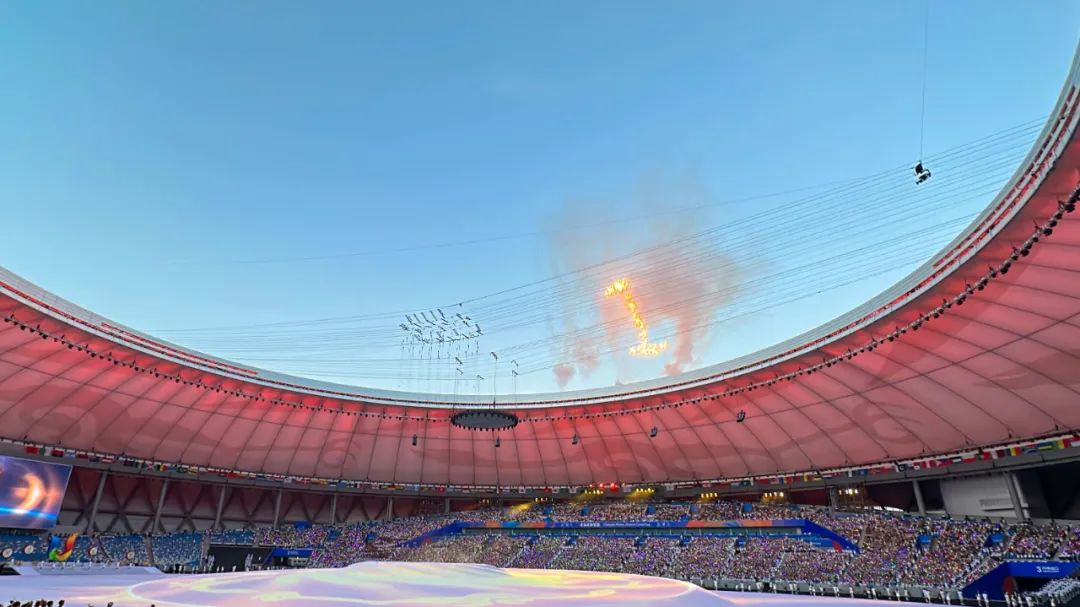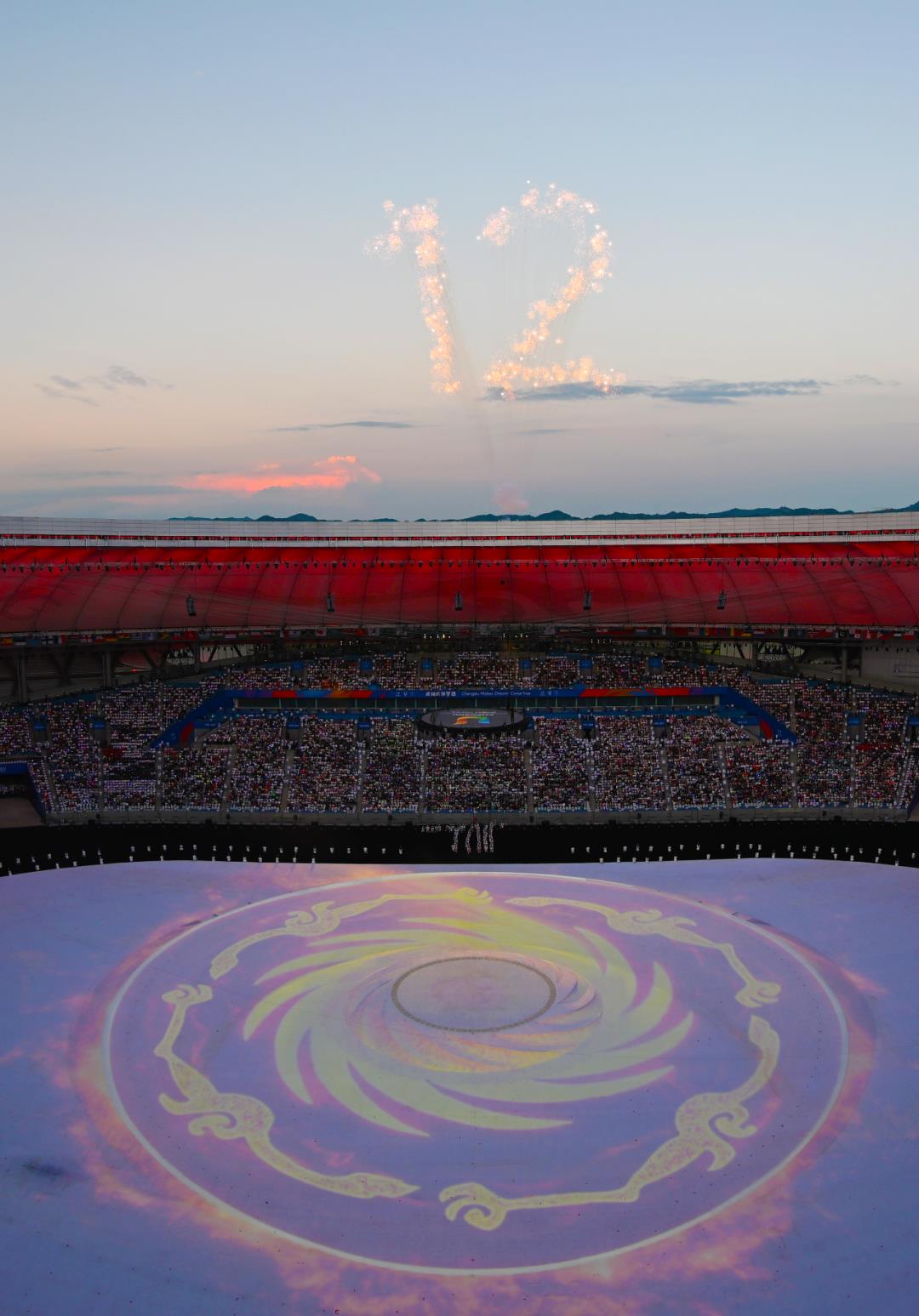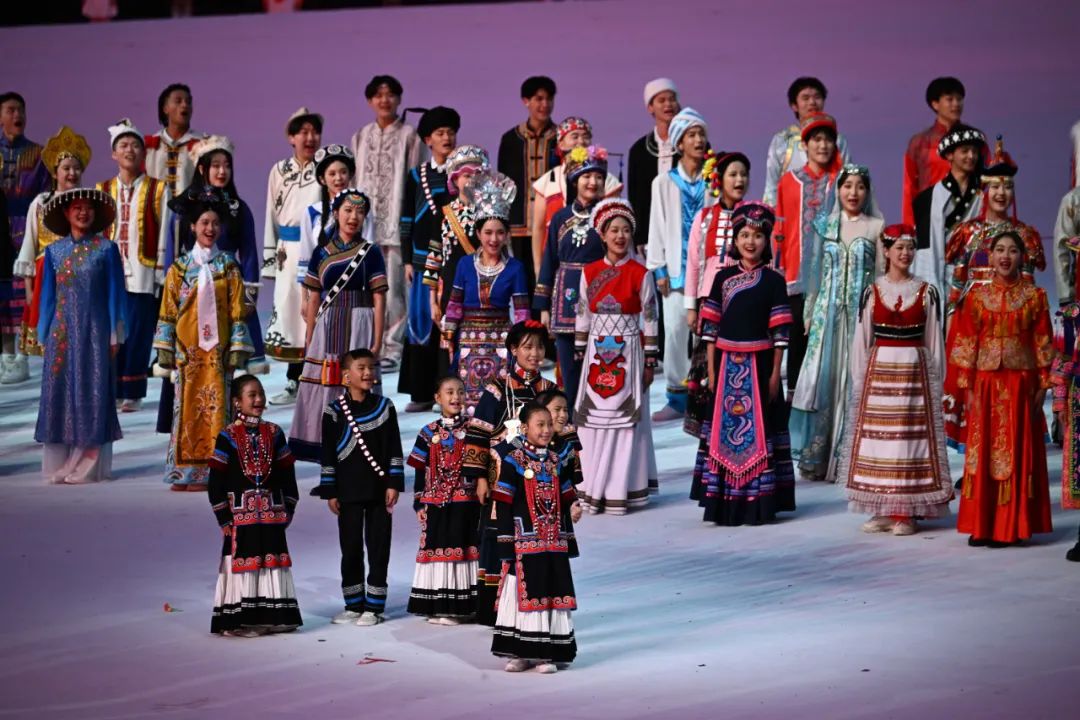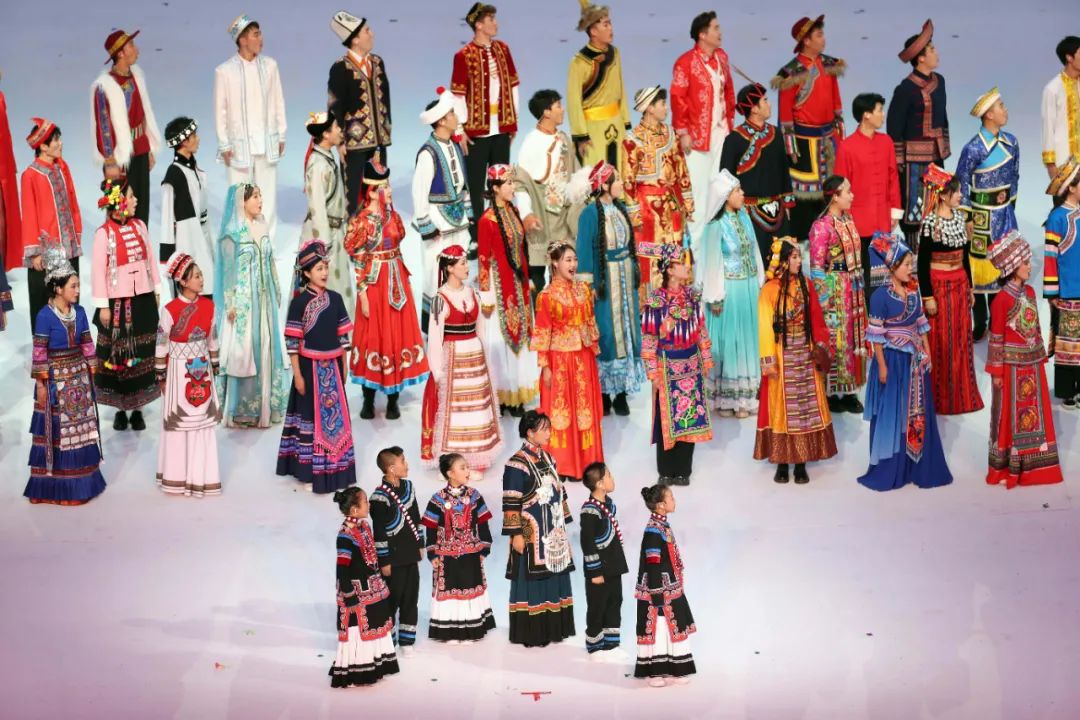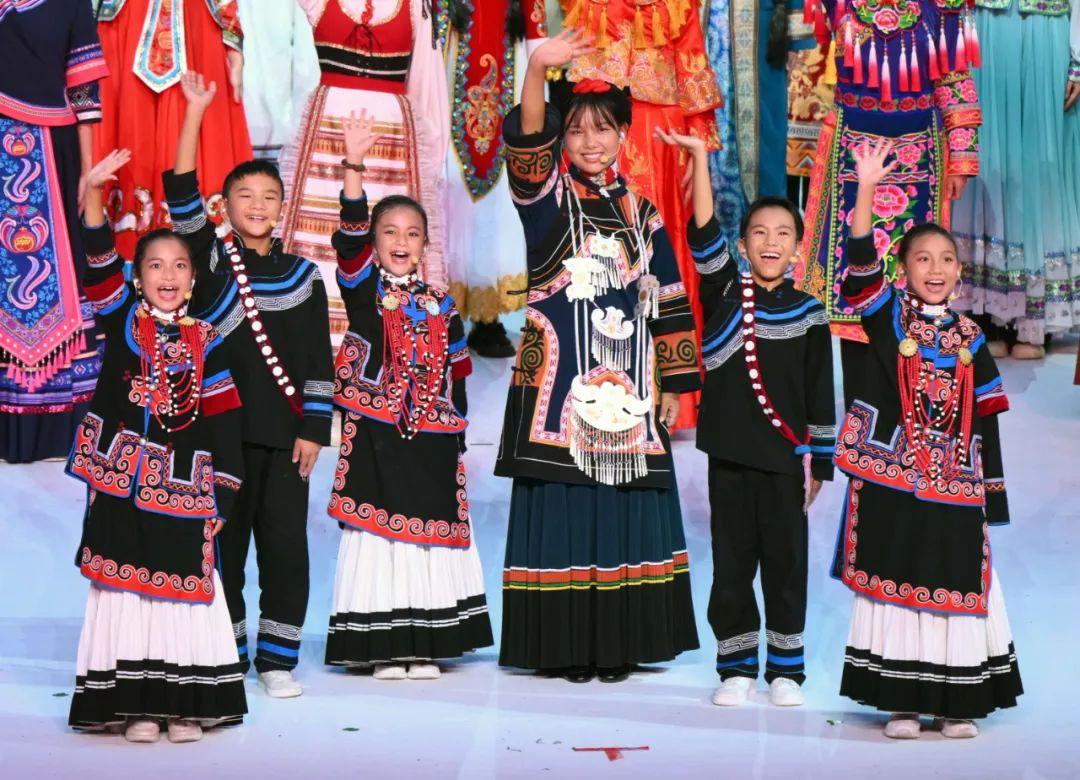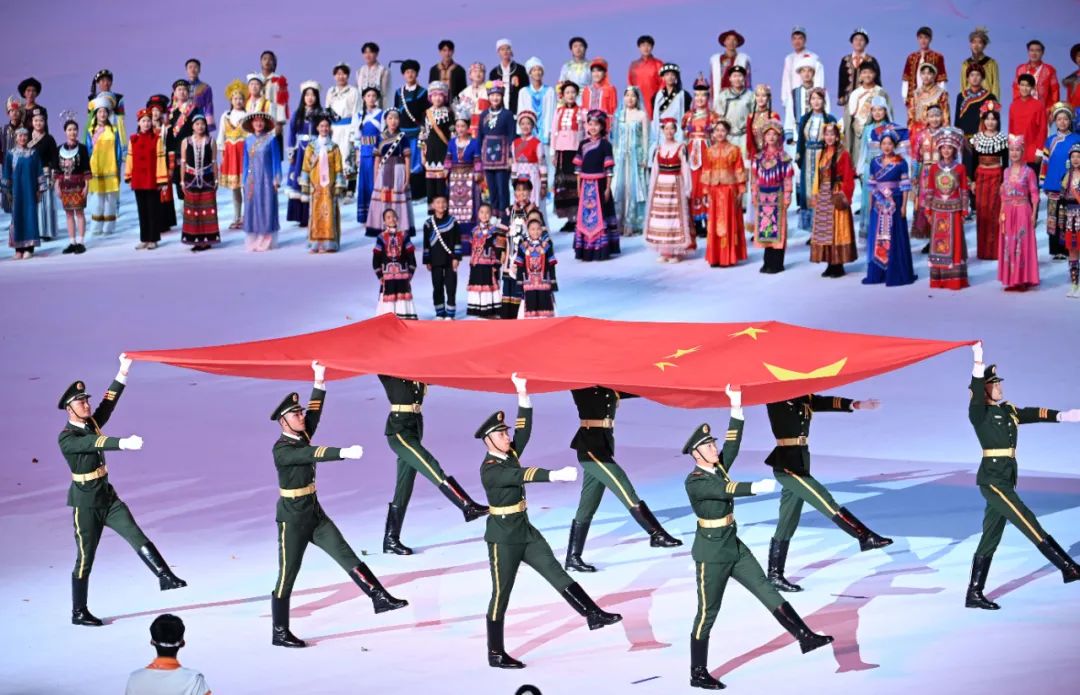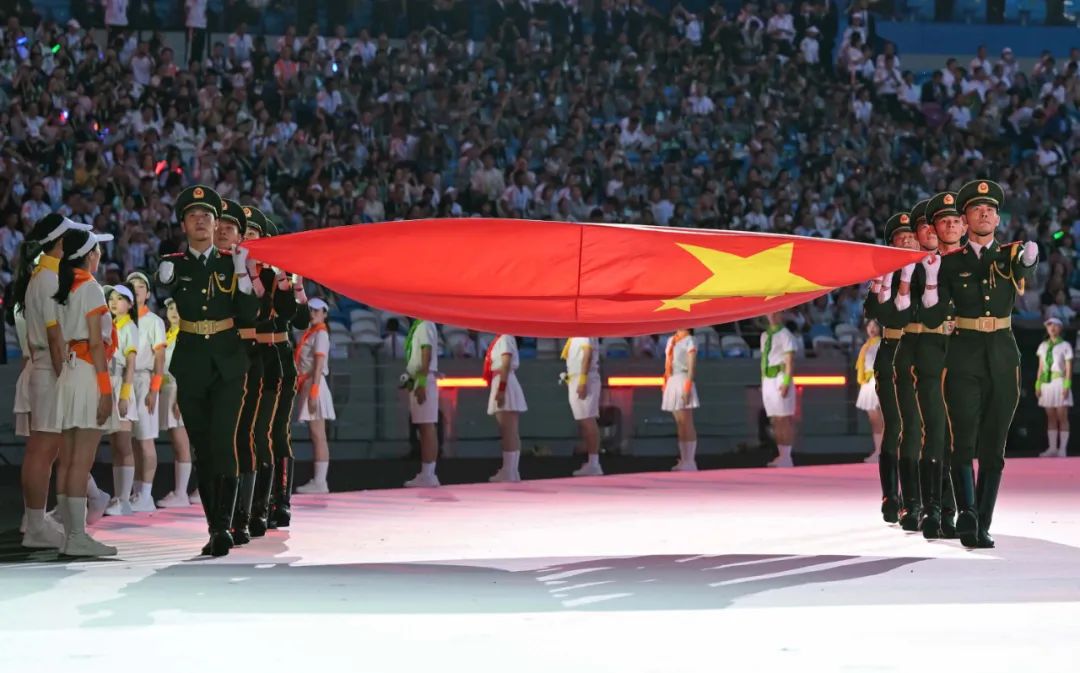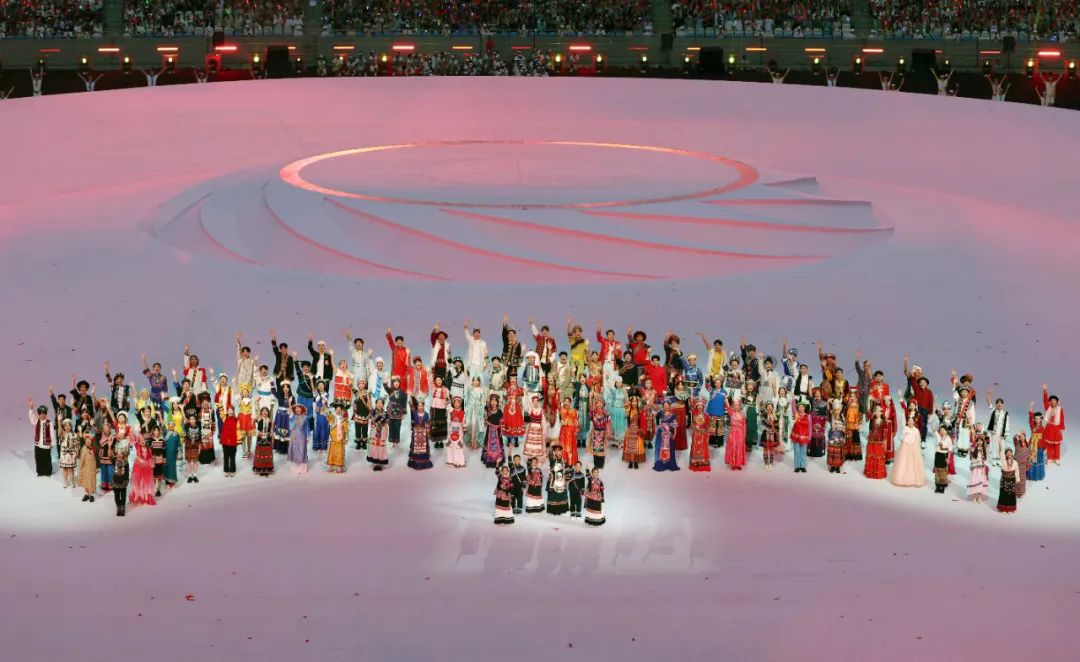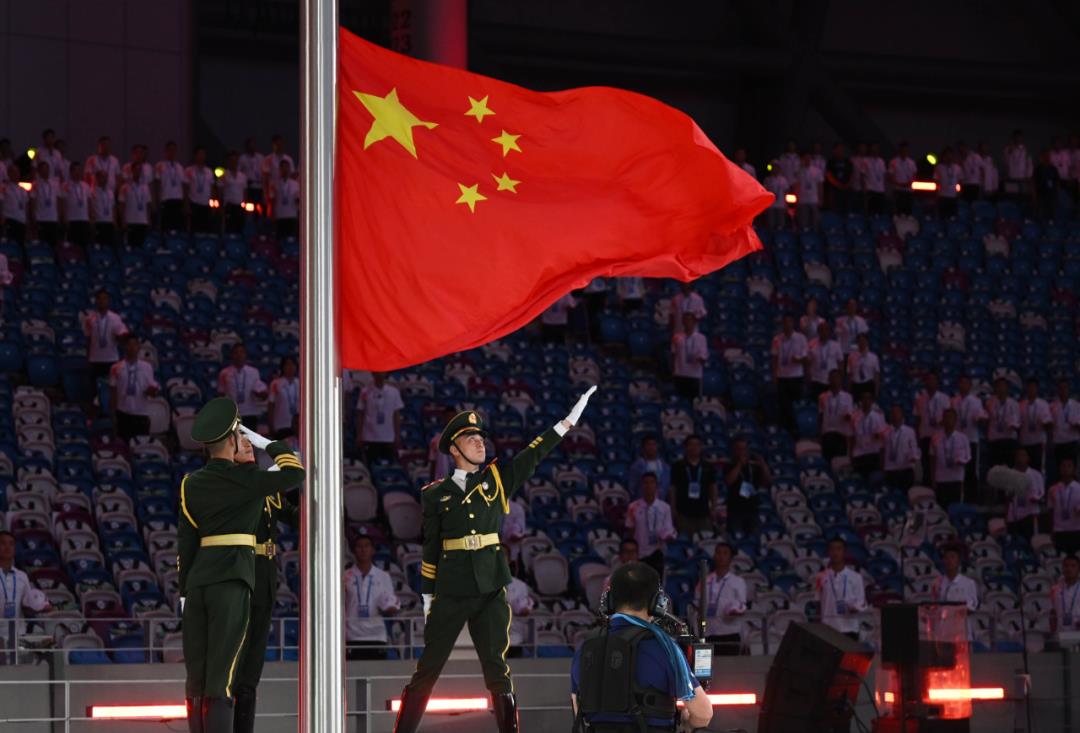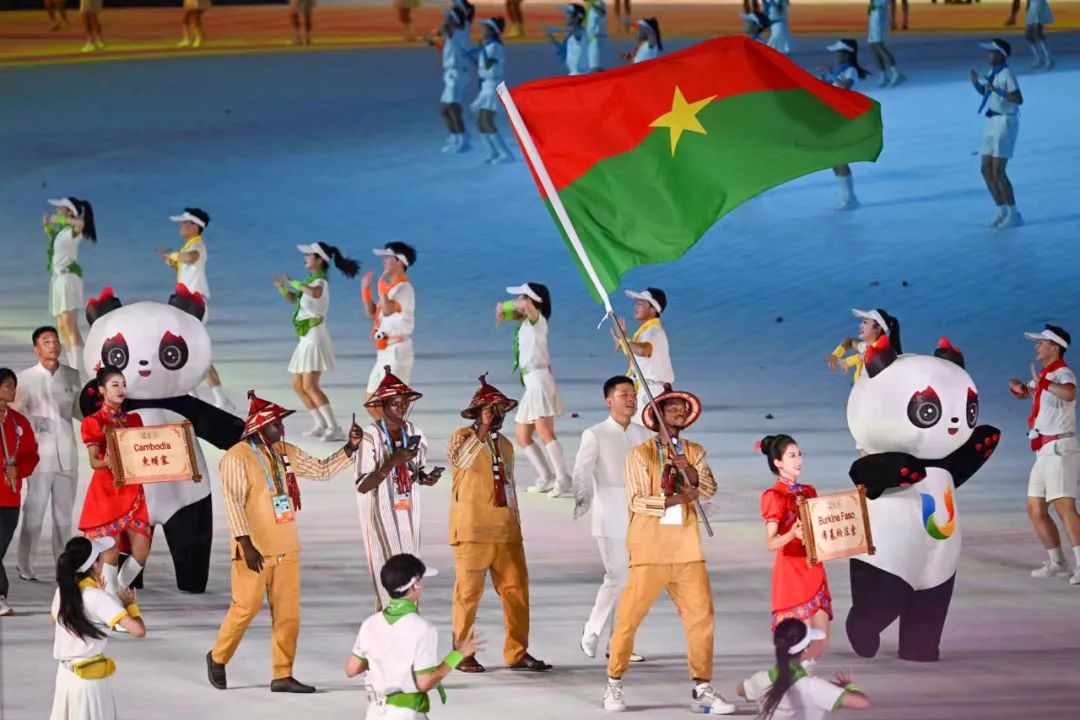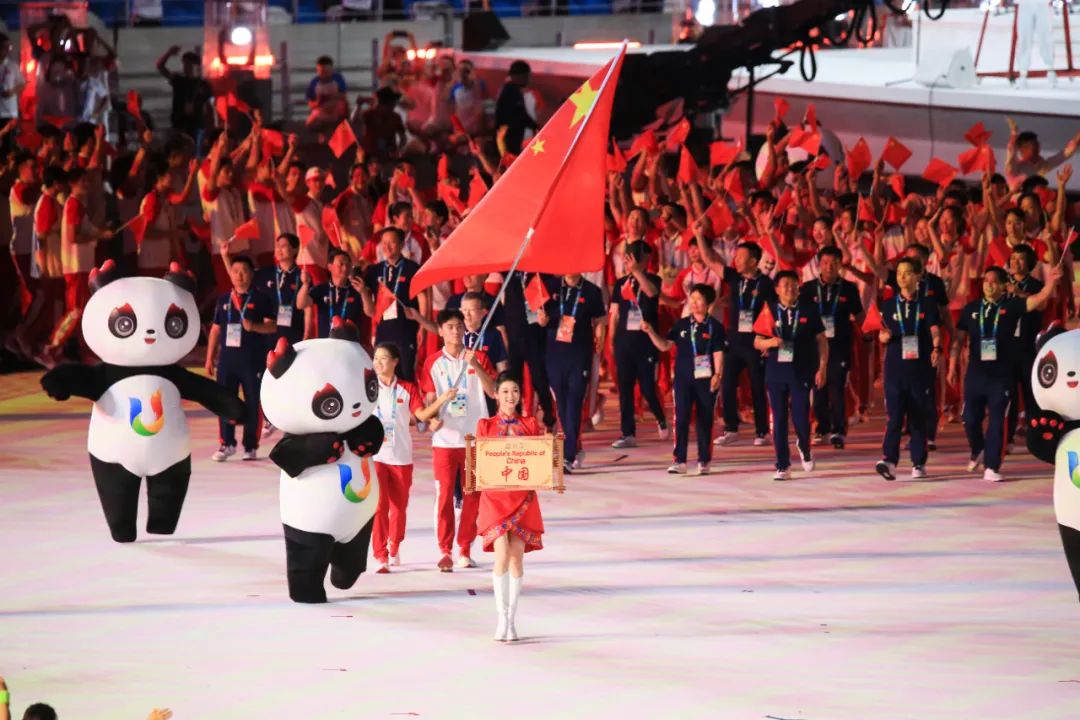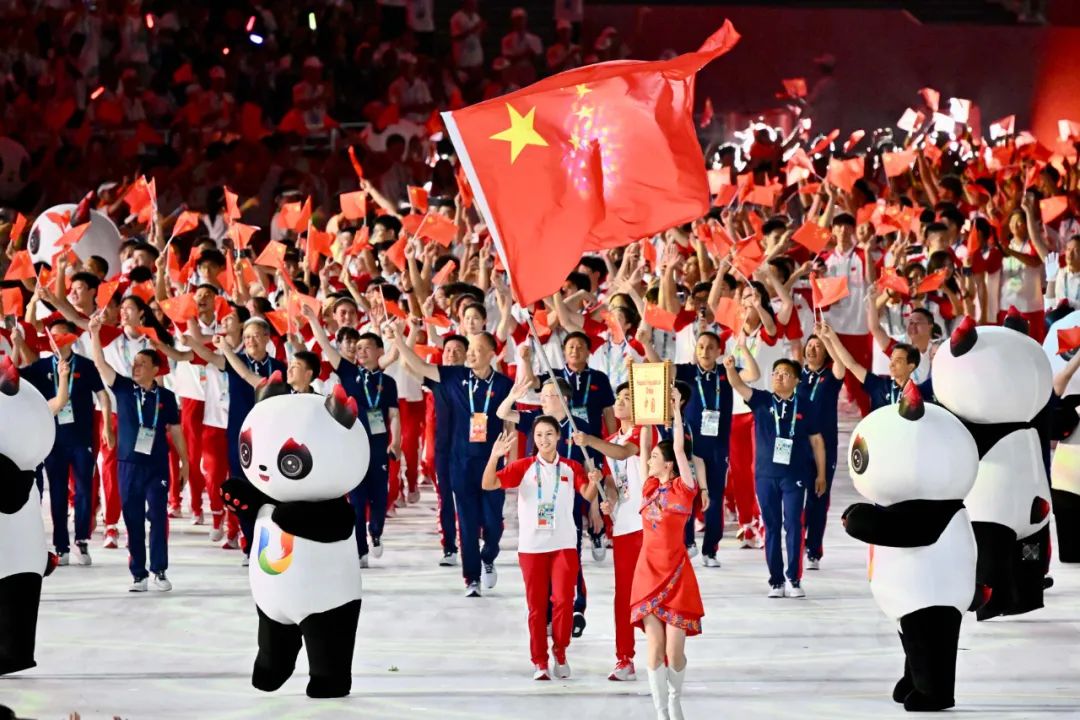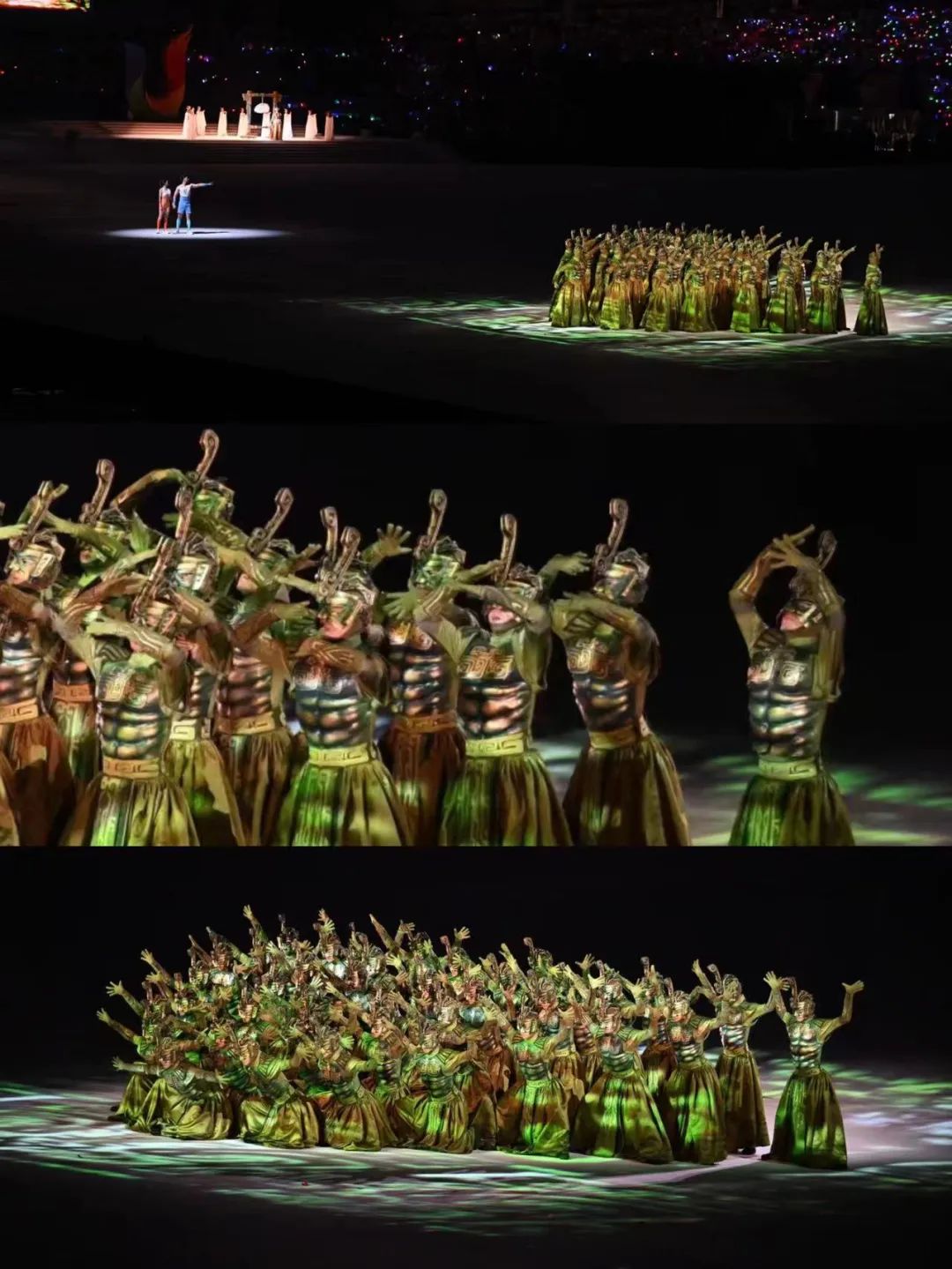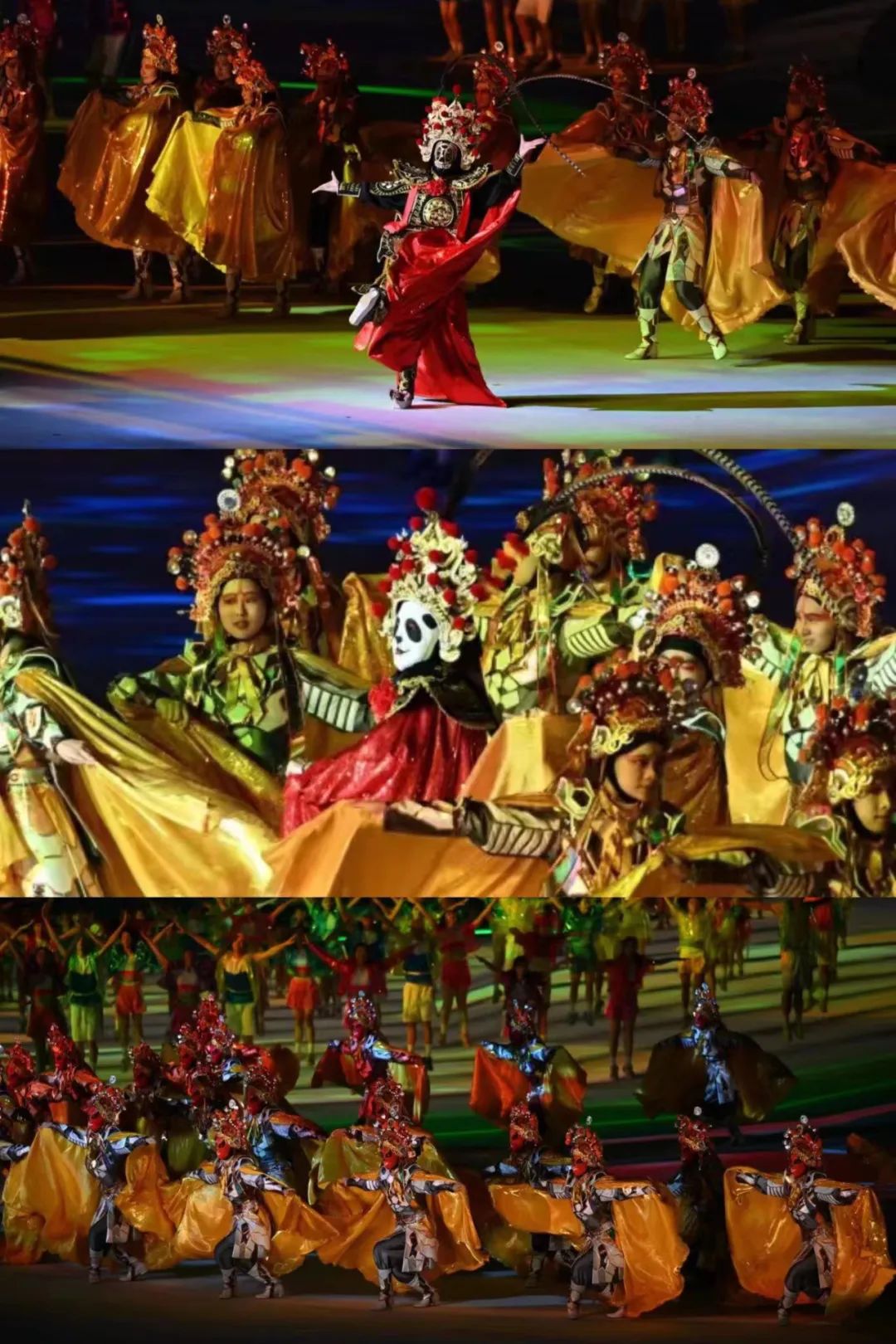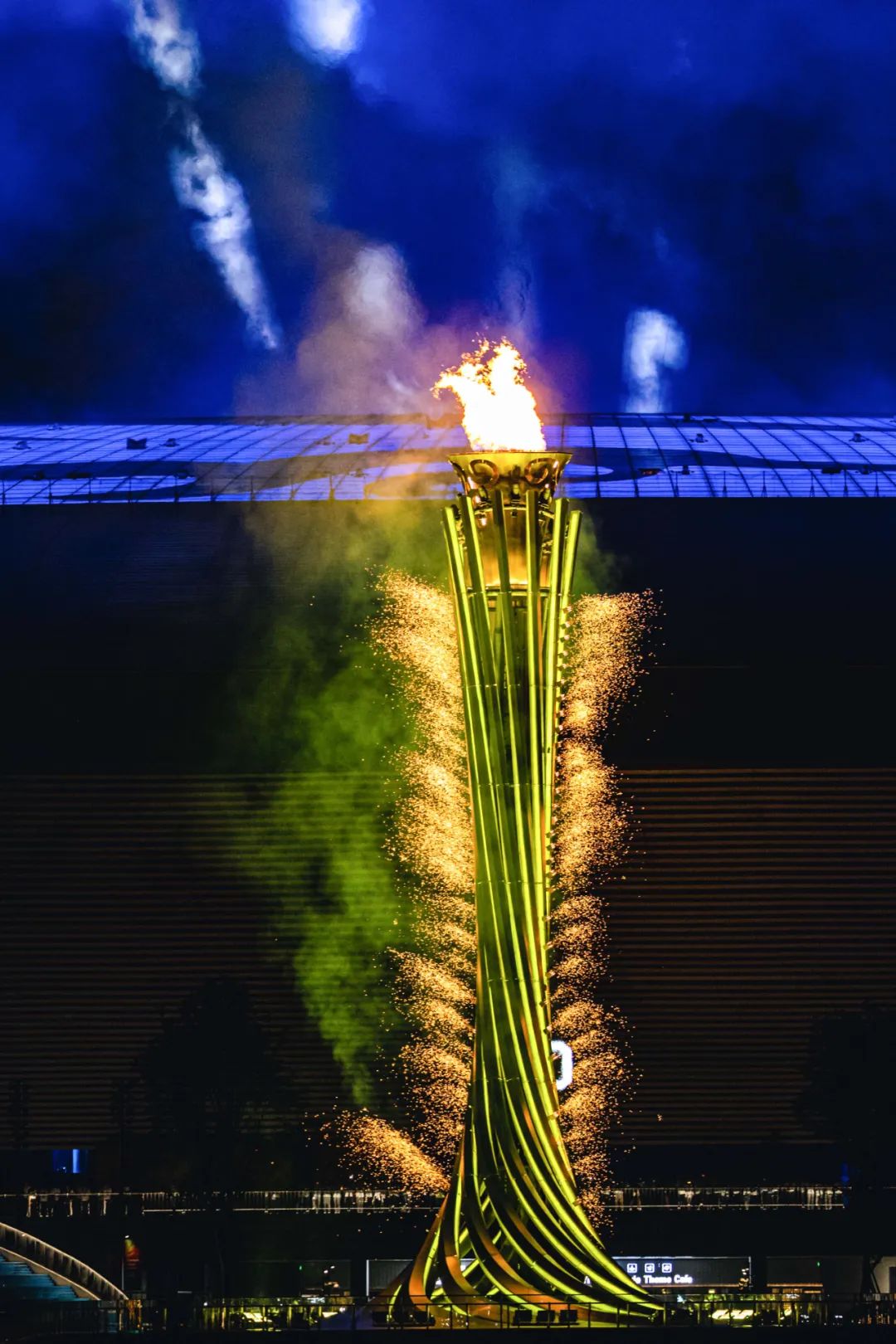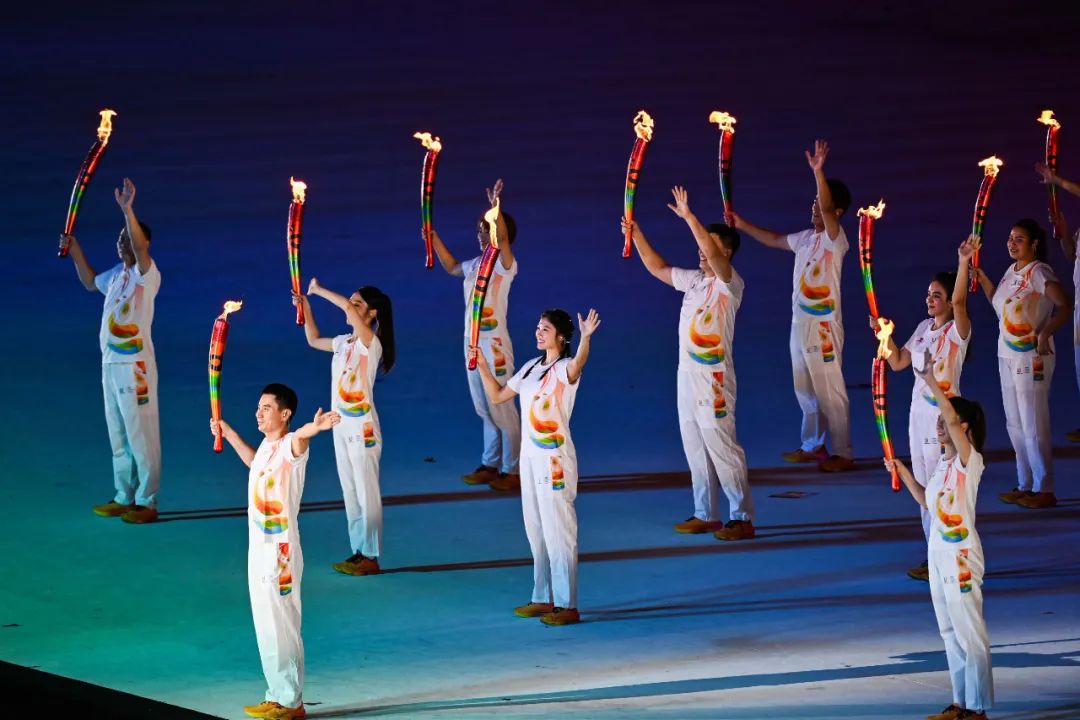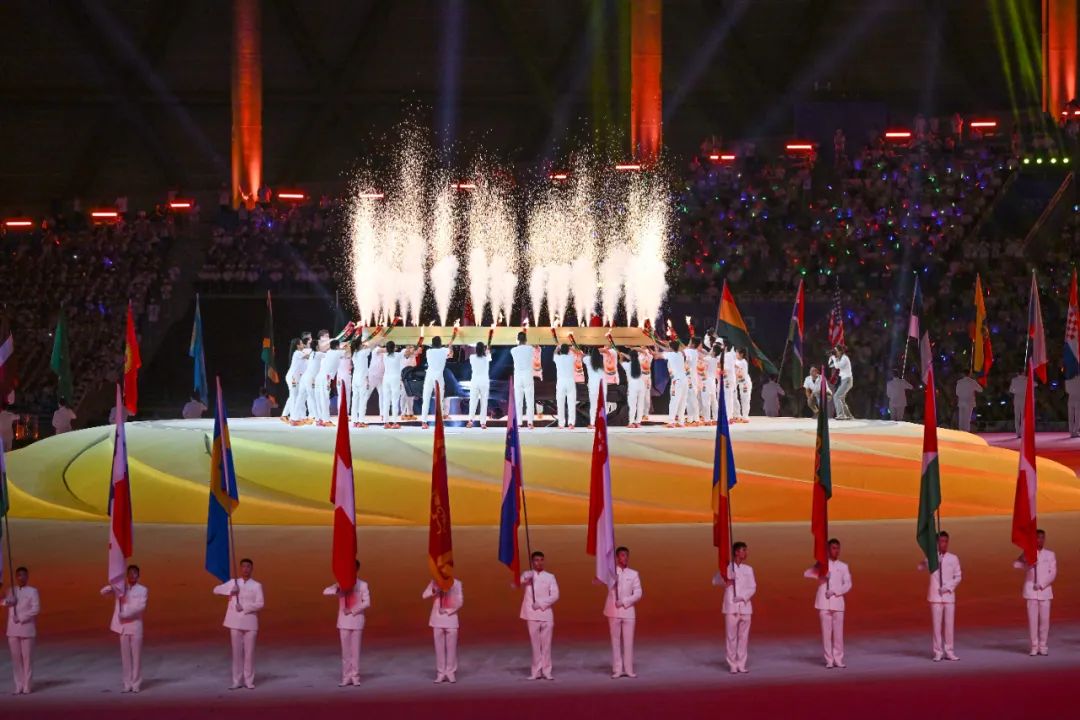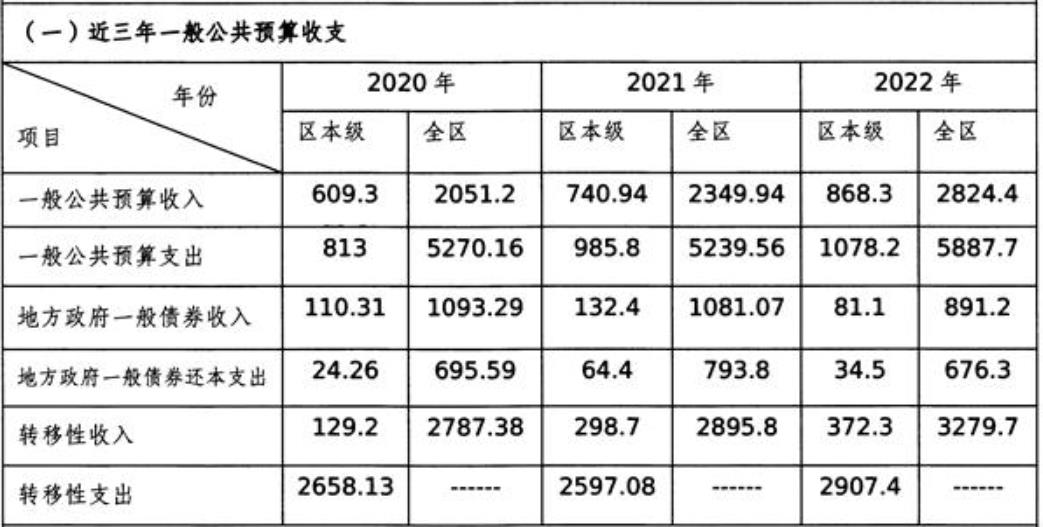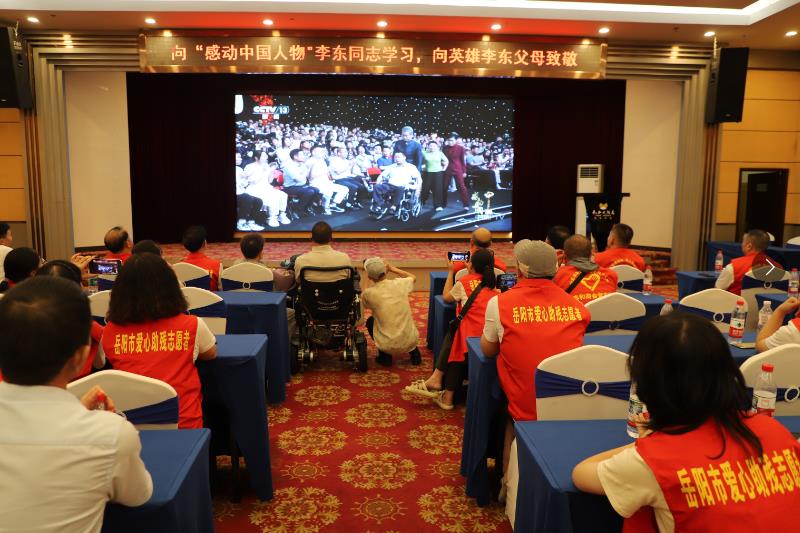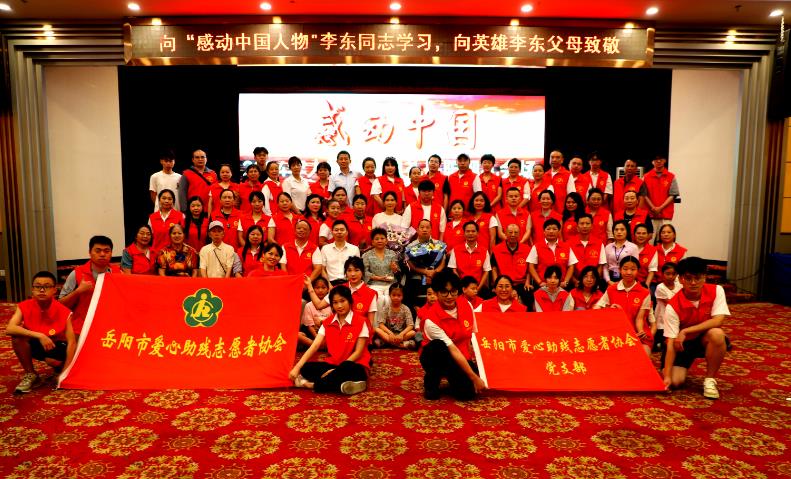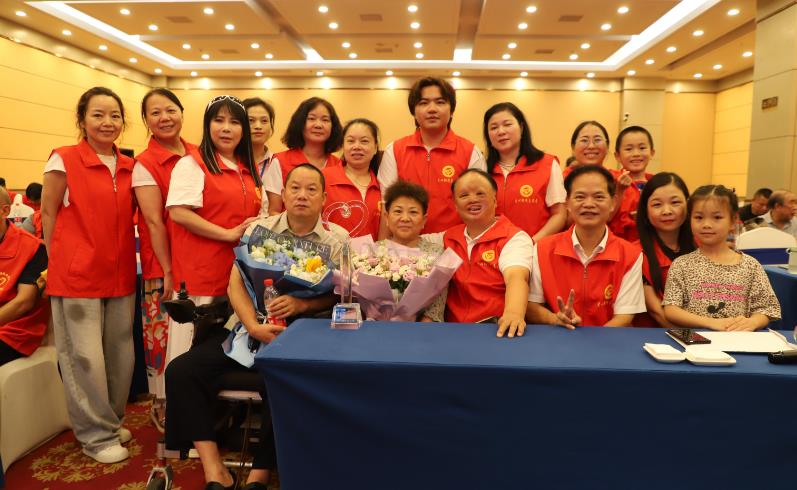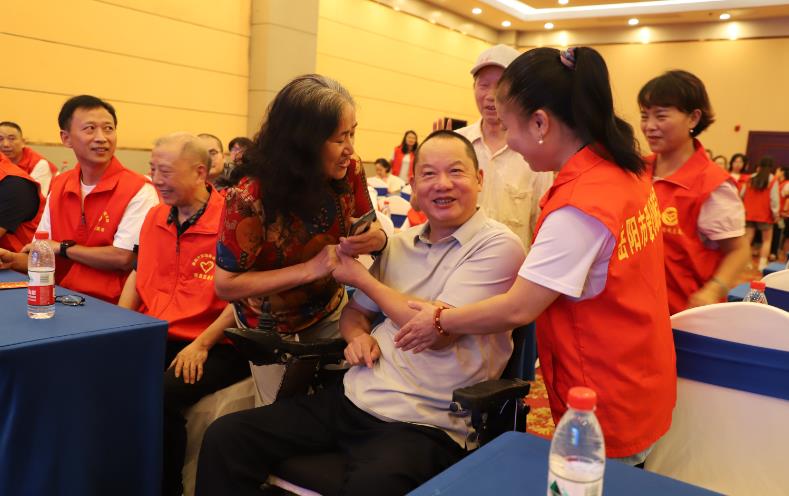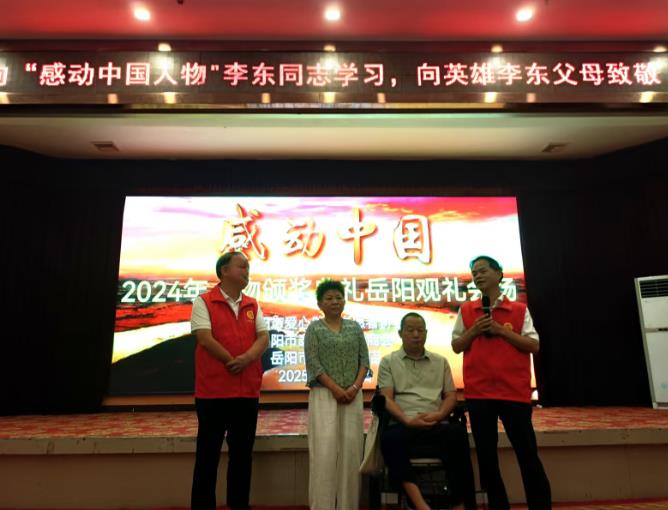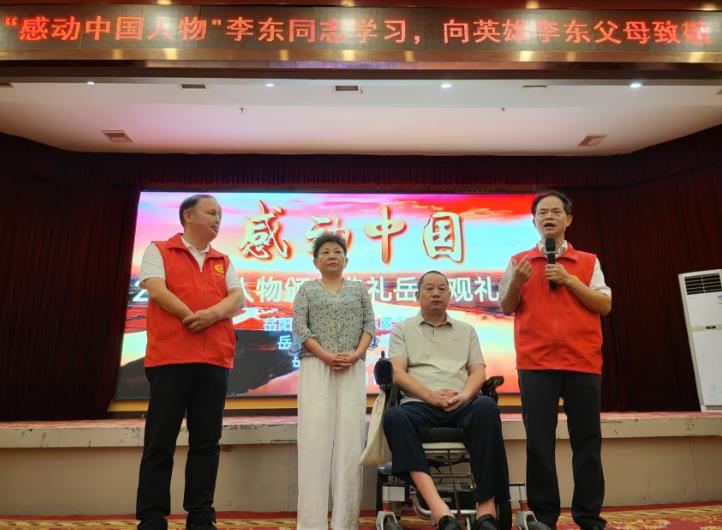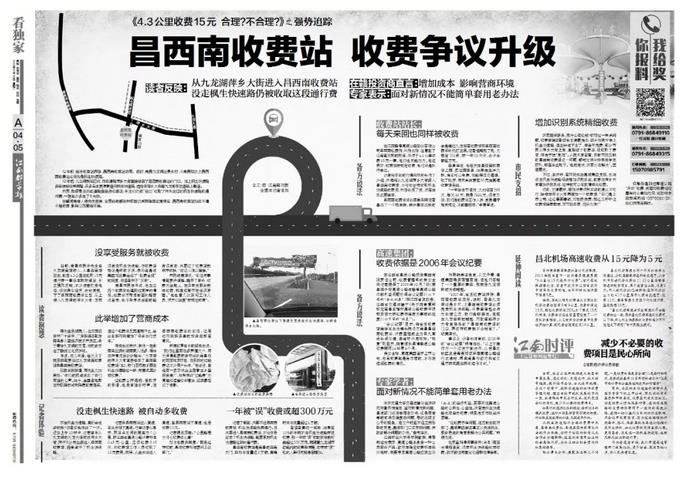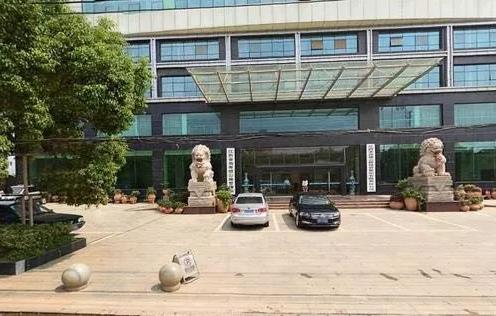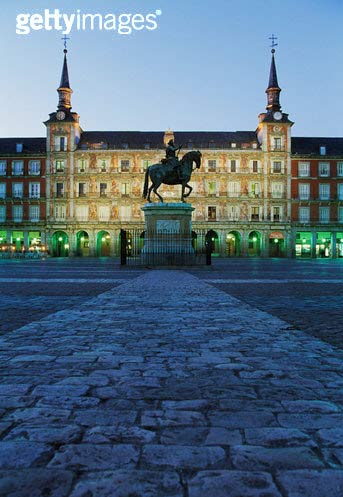Twelve years ago, the provincial toll station was demolished and the southwest toll station was officially opened. At that time, Nanchang Jiulong Lake was still a village, and Shangchang Southwest Toll Station had to take Fengsheng Expressway first.
Twelve years later, Jiulong Lake New Town has been completed, and Pingxiang Street, a municipal road, was directly built at the entrance of Changxi Southwest Toll Station. In addition, Fengsheng Expressway is often congested, and many car owners prefer to avoid Fengsheng Expressway and choose to take the municipal road of Jiulong Lake such as Pingxiang Street.
However, even if they take the municipal road directly into the toll station, the car owners are still "automatically" charged the tolls of Fengsheng Expressway that they have not taken, and at least they have paid more for a trip to 5 yuan.
Mr. Jiang, a businessman in Jiangxi and Hunan, bluntly said that all parts of the country are actively promoting the implementation of the tax reduction and fee reduction policy, and the fees charged by the southwest toll station are so unclear that it affects the business environment in Jiangxi.
Readers complain that they are charged for not enjoying the service.
A few days ago, Mr. Xu, a citizen of Nanchang, drove in from Jiulong Lake South Station and drove out from chauncey South Station. After being reported by this newspaper, he was charged the 15 yuan Expressway toll for 4.3 kilometers before and after, which triggered a strong response. Many readers called and complained about the experience of being "pitted", and they questioned one after another. After getting off the southwest toll station, they immediately entered Pingxiang Street in Jiulong Lake, and did not take the Fengsheng Expressway at all, but the toll station still received it. Although the provincial expressway group gave a reply of "charging compliance" on this matter, readers did not "buy it".
Xu Hua, a citizen of Nanchang, said that he had encountered the same situation at these two toll stations. The toll station doesn’t consider whether the road ahead has gone or not, and it doesn’t consider whether the road behind you has gone. As long as you pass the toll station, you will still collect money. "This is the clause of plucking the geese and overlord."
Citizen Hu Mei Store said: "Everything should be reasonable. The service is provided, and the charge is justified, but it is charged if you don’t enjoy the service, which obviously violates the principle of market economy. " He also questioned the staff several times, and the other party only replied "charging according to regulations".
This move affects the business environment in Jiangxi.
Mr. Jiang, a native of Hunan, has been investing in Jiangxi for more than ten years. The factory and hotel are located in Xiaolan Economic and Technological Development Zone in Nanchang County. Because he is optimistic about the development of Jiulong Lake, he settled in Sunac Cultural Tourism City.
He said that in recent years, people have to pass through the toll stations in South Kowloon and Southwest Chang every day. Seeing this newspaper’s report, Mr. Jiang praised it: "Your report speaks the voice of our people. Nowadays, all parts of the country are actively promoting the implementation of tax reduction and fee reduction policies, but the fees charged by these two toll stations are a bit pitted, which has increased many travel costs for enterprises and citizens. "
Mr. Jiang also said that many Hunan businessmen who came with him to invest in Nanchang shook their heads after learning about this situation. "Pingxiang Street in Jiulong Lake was directly built at the entrance of the southwest toll station in Chang, so we should not take the section of Fengsheng Expressway at all, which was inexplicably charged."
It is the commitment of the government and the voice of the people to make the fees open and transparent. However, the practice of the southwest toll station in Chang has made the surrounding citizens and investors coming to Chang have quite different opinions.
Mr. Zou from Houtian Township, a newly-built district, said: "Our greenhouse vegetable growers here have to transport vegetables to the vegetable wholesale market in Nanchang every morning, but the daily round-trip toll has caused many growers a headache." He also said that an agricultural and forestry enterprise once intended to invest and build a factory in the village, but considering that the "toll" was too high, the transportation cost increased, and the investment finally became a bubble.
Reporter’s experience: I didn’t take the Fengsheng Expressway and was automatically overcharged.
On May 13th, the reporter drove from Jiulong Avenue in Jiulong Lake to Pingxiang Street. After 5 minutes’ driving, he turned left and entered the southwest toll station, instead of taking Fengsheng Expressway. The reporter entered the expressway from chauncey South Railway Station and got off at Shengmi Station. According to the driving recorder, the distance between the two stations is 7 kilometers. According to the Jiangxi expressway charging standard of 0.45 yuan/kilometer, it should be charged 3.15 yuan, but the toll booth staff charged the 10 yuan fee. Similarly, entering the expressway from Shengmi Station and getting off at chauncey South Railway Station is also a charge for 10 yuan.
The reporter questioned: why is the charge so high for a 7-kilometer journey? The other toll collector replied: "It’s all collected in this way, and the specific charging standard should be asked by the higher authorities."
A year is "wrongly" charged or exceeds 3 million yuan.
The reporter learned that Fengsheng Expressway is free to pass as long as it does not enter the southwest toll station, and there are many intersections open, which brings convenience to citizens. But as long as you enter the southwest toll station, you have to bear the toll of Fengsheng Expressway, whether you take Fengsheng Expressway or not.
Chang Southwest Toll Station is the southwest gate of Nanchang, with an average daily traffic volume of nearly 20,000 vehicles and a peak traffic volume of over 40,000 vehicles.
Someone has calculated that if 10% of vehicles are charged for not taking the Fengsheng Expressway, the money that was "wrongly" collected in that year may exceed 3 million yuan. With the density and convenience of the municipal road network in Jiulong Lake, the number of people who are "mistakenly" collected is likely to increase sharply.
Toll Station Master: I am also charged the same fee for going back and forth every day.
At the southwest toll station of Jiangxi Ganyue Expressway Co., Ltd., Director Lin said that he had noticed the report of Jiangnan Metropolis Daily, but there was nothing they could do about charging 15 yuan for 4.3 kilometers. He also said that the toll station charges according to the regulations, but only the executive unit, policy and legal matters should be asked to the higher authorities.
"Many drivers also question the toll booths, saying that we collect fees indiscriminately, but in reality the toll booths are vulnerable groups, and some things can’t be explained clearly. If you are asked urgently, the toll booth can only keep silent and let them ask the competent department. " Director Lin said.
The reporter introduced the itinerary of the experience to Director Lin, and asked why he was charged for the Fengsheng Expressway when he turned from Pingxiang Street in Jiulong Lake to the toll station in southwest Chang. Director Lin smiled and did not give a positive answer.
Li Yongjun, the stationmaster of Changxi Southwest Toll Station, took out a file bag to the reporter. All the bags poured out were invoiced by the machines of Jiulong Hunan Toll Station and Changxi Southwest Toll Station. The reporter roughly counted, there are about 700, and the total amount is more than 10,000 yuan according to one 15 yuan.
Li Yongjun said that he works in the southwest toll station every day, and his family lives in Nanchang County. If he goes to shengmi bridge, it can be free, but the traffic jam is far away, so he bites his teeth and goes back and forth from the high-speed toll station in 30 yuan every day.
"A year except holidays, there are about 265 days, and every day in 30 yuan, it is 7950 yuan. There is no way, we are toll station staff, and we must abide by relevant regulations and not be special. " Li Yongjun said.
Expressway Group: The fee is based on the minutes of the 2006 meeting.
In Jiangxi Expressway Investment Group Co., Ltd., Ms. Wu from the Toll Management Department provided the reporter with the Minutes of the Coordination Meeting on the Institutional Interests of Nanchang West Outer Ring Expressway and Jiangxi-Guangdong Expressway on December 7, 2006 (hereinafter referred to as the Minutes of the Meeting) and the Reply of Jiangxi Provincial Development and Reform Commission and Jiangxi Provincial Department of Transportation on agreeing to re-approve the toll years of Nanchang-Zhangshu Expressway and the toll standards of Yaohu Bridge (hereinafter referred to as the Reply).
The "Minutes of the Meeting" showed that the toll station in Shengzhuang was moved to Changgang, Shengmi Town, and the southwest toll station in Nanchang was set up. The charging mileage started and ended at Changlong Interchange of Changjiu Expressway, which was approved by the Provincial Price Bureau. The "reply" shows that it is agreed to extend the toll period of Changyi Expressway for 14 years and 9 months.
Ms. Wu said that the high-speed group belongs to a listed company, and all charges are based, and there is no illegal charge.
Hu Mei Store, a citizen, bluntly said that from the documents, the Expressway Group was indeed well-founded, but they ignored an important fact, that is, the rapid rise of Kowloon Lake New Town.
"Twelve years ago, in 2007, the provincial toll station was demolished and the southwest toll station was officially opened. At that time, Nanchang Jiulong Lake was still a village, and Shangchang Southwest Toll Station had to take Fengsheng Expressway first. The starting and ending point of the charging mileage is Changleng Interchange, which we can accept. But now with the rise of Jiulong Lake New Town, Pingxiang Street, a municipal road, has been directly built at the entrance of the southwest toll station. Coupled with the frequent congestion of Fengsheng Expressway, many car owners prefer to avoid Fengsheng Expressway and choose to take the expressway on the municipal road of Jiulong Lake such as Pingxiang Street. It is out of date to charge again. " Hu Mei store said.
In fact, the reporter also noticed that the "Meeting Minutes" in 2006 clearly pointed out that "the above scheme operates as a transitional scheme, and when the development of Chang-north city needs to transform the old expressway, the Nanchang Municipal Government and the Provincial Communications Department will study and propose a new mode of operation."
Citizen’s advice: increase identification system and fine charge.
A paper of minutes of the meeting in 2006 became the "Shangfang Sword" of the southwest toll station.
However, many citizens believe that with the improvement of municipal supporting facilities, most people will choose Kowloon Avenue to Pingxiang Avenue instead of Fengsheng Expressway, which has been repaired and repaired for years.
If you don’t provide services, why do you still collect money? In response to this focus, Wang Jianxia, deputy director of the charge management department, pointed out that some citizens drove on Fengsheng Expressway, but they went down halfway, which was equivalent to free; Some citizens came up from Pingxiang Street and went directly to the toll booth, which was equivalent to being "wronged". From a technical point of view, at present, it is impossible to distinguish which car owners are profitable and which car owners are losing money. In other words, there is no way to solve it. Wang Jianxia said.
However, during the interview, many citizens also gave advice to the expressway group. Whether the vehicles have taken the Fengsheng Expressway or not can be completely identified by technical means, such as adding an identification system along the Fengsheng Expressway or adding an identification system on Pingxiang Street, so that fine charges can be achieved.
"It’s just that the high-speed group is’ pretending to be confused’, unwilling to invest, and even more unwilling to’ profit’." Hu Mei store said.
Wang Jianxia said that the proposal to increase the billing identification system is not feasible unless another toll station is added in Pingxiang Street. "We are a listed company, and we need to make money here and be responsible to the shareholders; There is also a call for the toll station to reduce fees and move away, and it is responsible to the citizens. It is not easy for us to make money! "
Expert: In the face of the new situation, we cannot simply apply the old methods.
Cha Weixiong, Institute of Transportation and Economics, East China Jiaotong University, pointed out that in the face of new situations and new problems, the high-speed department, regardless of the willy-nilly, took the money first, which was a simple and rude way to deal with complex problems, leading to unfairness. "Old documents obviously don’t adapt to the development of the new situation. If you don’t take the highway, you have to be charged. Why? The high-speed department should come up with its own basis and regulations. If not, it should find the problem itself and find a solution to the problem. " Cha Weixiong said.
Xiong Jinguang, a professor and doctoral supervisor at the Law School of Jiangxi University of Finance and Economics, said that the expressway itself is a public service product. When determining the charging standard and price, the government should not only consider the economic interests of the expressway investment subject (enterprise), but also pay attention to the publicity and public welfare of the expressway. In fact, the original intention of the relocation of expressway toll stations should be to reduce toll sections and traffic costs. However, the relocation of the southwest toll station has neither shortened the charging mileage nor reduced the charging amount. In particular, they did not take the Fengsheng Expressway and were automatically charged, which obviously violated the principle of market economy.
"It seems to be a question of whether the charging standard for the relocation of toll stations should be changed accordingly, and it also reflects whether government departments and high-speed groups can really solve public problems from the perspective of paying attention to and serving people’s livelihood." Xiong Jinguang said.
Lawyer Tao Lilan of Beijing Yingke Law Firm (Nanchang) bluntly said that he was charged for not taking the Fengsheng Expressway, and could not find any theoretical basis and legal provisions, which obviously belonged to arbitrary charges.
She said that in recent years, unreasonable commercialization of public goods, opaque financial situation and imperfect relevant laws and regulations have led to many chaos on expressways. Faced with this problem, the public generally choose to eat "dumb losses" because of the small amount involved and high litigation costs. To solve this problem, first, it is the general trend to improve transparency, consciously accept public supervision and disclose the details of fees to the society; Second, special treatment should be carried out on the charging standards, and strict principles and operating methods should be established in the system to ensure that there are laws to follow.
(The original title is "escalation of toll disputes at toll stations in southwest Chang: from Pingxiang Street in Jiulong Lake, the toll of Fengsheng Expressway was also charged, and investors in Jiangxi bluntly affected the business environment")



